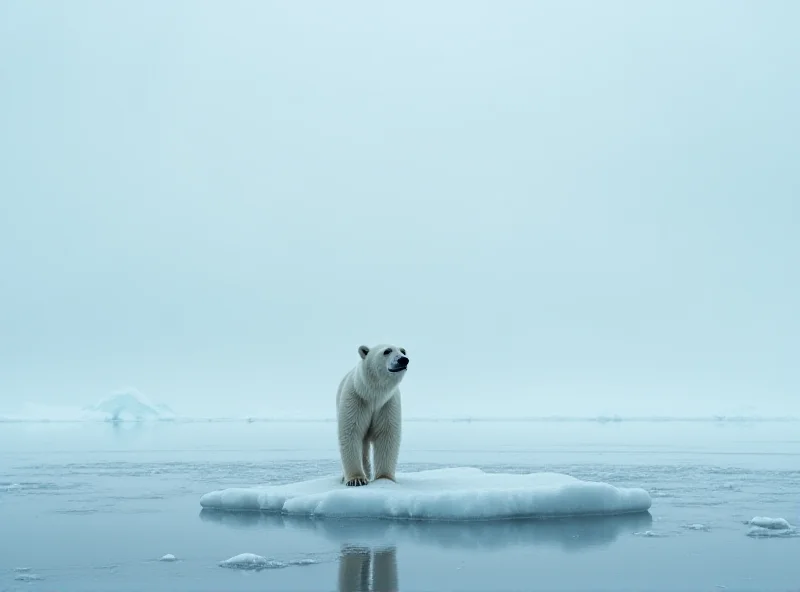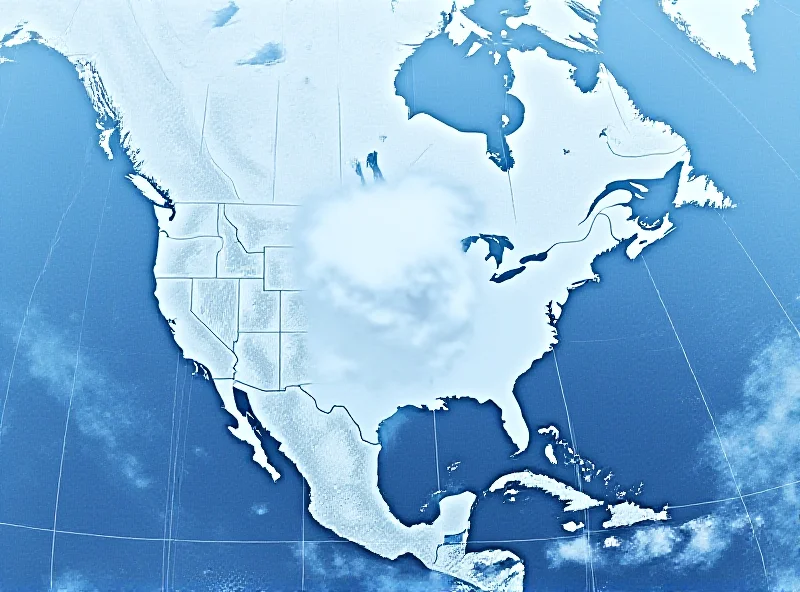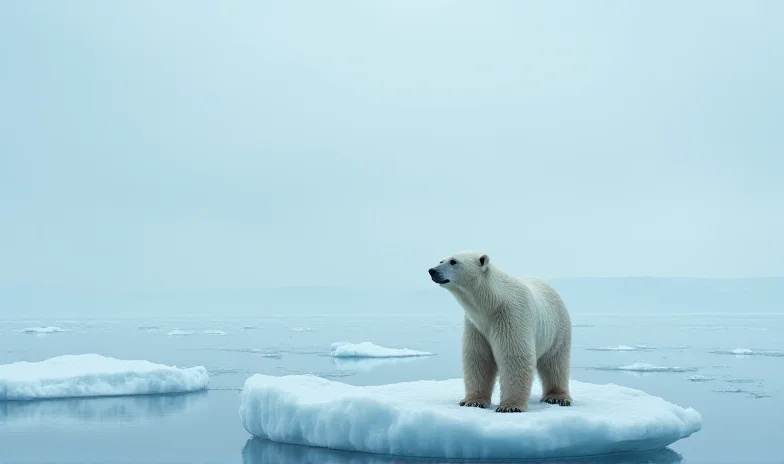Canada's vast landscape is a tapestry woven with diverse ecosystems and climates. From the icy Arctic to the temperate rainforests of the Pacific coast, the country's climate history is as complex and fascinating as its geography. Recent scientific findings highlight the urgency of current climate challenges while also offering glimpses into a surprisingly different past.
Polar Bears on the Brink
Churchill, Manitoba, a small village nestled on the shores of Hudson Bay, is famously known as the "polar bear capital of the world." However, this iconic title is under threat. Rising temperatures and shrinking sea ice are pushing polar bears to the edge of extinction. These magnificent creatures rely on sea ice to hunt seals, their primary food source. As the ice melts earlier and freezes later, polar bears face longer periods without access to food, impacting their survival rates and reproductive success.
Conservation efforts are underway to protect polar bears and their habitat. These include research initiatives to monitor population trends, habitat restoration projects, and community-based programs aimed at reducing human-wildlife conflict. The future of polar bears in Canada hinges on global efforts to mitigate climate change and reduce greenhouse gas emissions.

A Glimpse into a Warmer Past
While today's headlines focus on the challenges of a warming climate, a recent discovery offers a fascinating glimpse into Canada's ancient past. Scientists have unearthed palm phytoliths in subarctic Canada, suggesting that winters were ice-free a staggering 48 million years ago. Phytoliths are microscopic silica structures found in plants, and the presence of palm phytoliths indicates a much warmer climate than exists today. This discovery challenges previous assumptions about the paleoclimate of the region.
This finding implies that subarctic Canada once experienced a subtropical climate, capable of supporting palm trees. The discovery provides valuable insights into the long-term climate variability of the Earth and highlights the dramatic shifts that have occurred over millions of years. "Understanding these past climate changes can help us better predict and prepare for future climate scenarios," explains Dr. Anya Sharma, a paleoclimatologist at the University of Calgary.

Recent Extreme Weather Events
More recently, North America has been experiencing more extreme weather events. A polar vortex collapse brought blustery blizzards and below-freezing temperatures to millions of Americans and Canadians. The rapid change from relatively mild weather to extreme cold highlights the instability in our current climate.
These extreme events serve as a stark reminder of the urgency to address climate change and work towards a more sustainable future. From the plight of the polar bears to the echoes of ancient palm trees, Canada's climate story is a powerful call to action.

